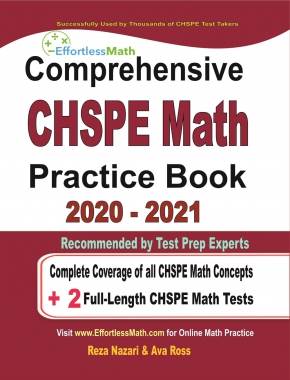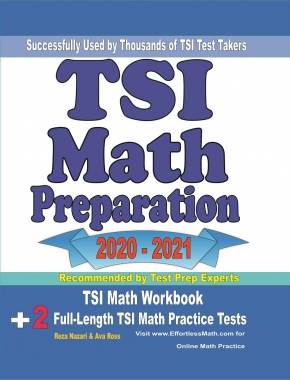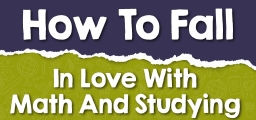Use of Technology in Math Class that Works


Modern technology has transformed schools, and children are more likely to be surprised by a teacher with a chalkboard than by a multimedia whiteboard or an online presentation.
Many educators and psychologists speak negatively about the impact of gadgets on the lives of students and children – they use them for cheating and ordering math assignment help on special services, not to mention the level of distraction.
However, many gadgets can be used effectively and productively in the classroom to increase students’ interest and engagement, and consequently, their academic performance. The secret lies in the unique symbiosis of the teacher and modern technology.
Learning math with a 3D printer
Jason Padilla’s students use 3D printers to create math supplies to help them learn fractions and areas.
They see that the shapes have a certain area and occupy a particular place in space. Students have to make sure their prints aren’t too big for the printer by printing out the shapes they create themselves.
His students also printed cubes to use to create models of squares of different sizes. They also sent a parts-of-the-whole diagram to the printer, which helps them visualize the parts of fractions, understand how the part relates to the whole, determine which fractional unit is larger, and how regular fractions and decimals relate to each other.
3D printing can also be a great ally for learning complex geometric shapes and understanding the subject more deeply through visualization.
By allowing students to engage in technology to solve problems, conduct research, and visualize ideas, they get the best real-world insight into the skills they are developing. And they will also be continually engaged in the process.
Using tablets and apps
Many schools use tablets in math classes. It has been shown that students show greater efficiency and engagement in class when completing assignments on screens.
There are so many apps and services available for teachers to help make the complex process of learning mathematics easier. This can include graphics-building apps like Desmos.
For example, as learning becomes more complex, students often have to compare and analyze lines and other figures. Building each figure manually takes time, students get bored, and by the time they get to analyze it, their motivation drops.
Many teachers also suggest that students use spreadsheets for complex calculations, which reduces and helps students focus on finding the solution to a problem. There are tons of applications like this for different levels of math learning. Apps for younger grades are usually game-based.
Using technology to assess knowledge better
Every student will tell you that tests are boring. However, with today’s technology, teachers can create interactive tests according to their class’ passions and preferences.
Services that allow them to customize assignments, and students complete them online. Moreover, such technology can improve comprehension and learning.
For example, instructors asked students to use an app to solve problems with a screen recording while solving a math problem.
By analyzing the student’s work afterward, the teacher can see step by step which of the solution stages caused difficulties for the student and what typical mistakes were made.
Moreover, apps can reduce the level of cheating in class. With DeltaMath, it is possible to create individual assignments for each student.
Improves teamwork
Unfortunately, technology can alienate people from one another. Everyone sticks to their screen and doesn’t notice anything around them.
To avoid this, students in the classroom should be divided into groups of two or three and given one device for all. This way, they will work together to answer questions and find solutions. In this way, children can share knowledge and help each other.
Related to This Article
More math articles
- 3rd Grade MCA Math Worksheets: FREE & Printable
- 4th Grade K-PREP Math Worksheets: FREE & Printable
- Top Calculators for the GED 2023: Quick Review
- 10 Most Common 7th Grade MCAS Math Questions
- How is the ACT Test Scored?
- Unraveling More about Limits at Infinity
- 6th Grade M-STEP Math Worksheets: FREE & Printable
- 3rd Grade IAR Math Practice Test Questions
- Full-Length ASVAB Math Practice Test-Answers and Explanations
- The Ultimate 6th Grade IAR Math Course (+FREE Worksheets)


























What people say about "Use of Technology in Math Class that Works - Effortless Math: We Help Students Learn to LOVE Mathematics"?
No one replied yet.